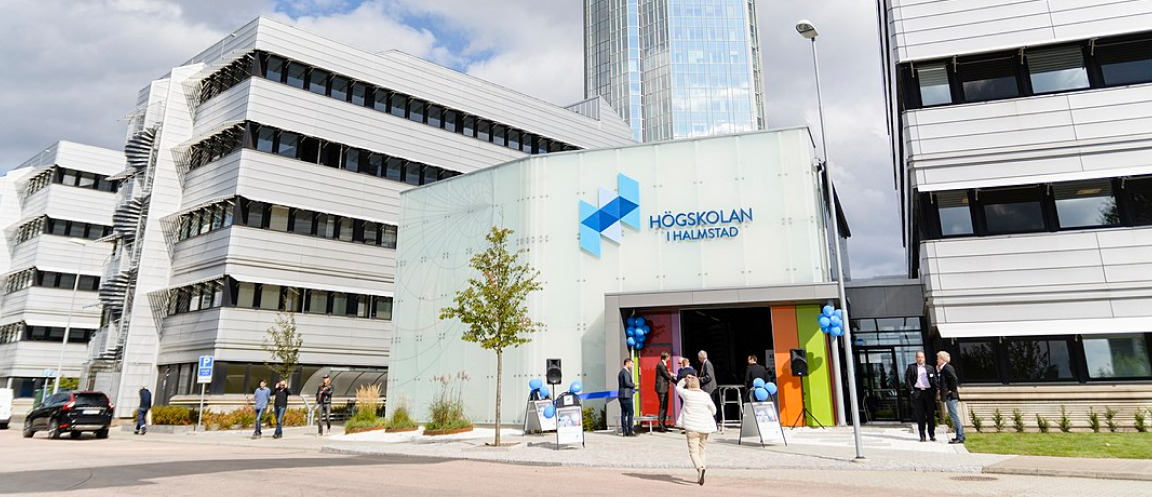
08 Jul Meet the team interview: Urban Persson and Luis Sanchez Garcia

 Urban Persson, Professor in Renewable Energy Systems, and Luis Sanchez Garcia, PhD student in Energy Technology
Urban Persson, Professor in Renewable Energy Systems, and Luis Sanchez Garcia, PhD student in Energy Technology
Firstly, tell us a bit about the work you do at Halmstad University and what is your role in sEEnergies.
At the Department of Construction and Energy Engineering at the School of Business, Innovation, and Sustainability at Halmstad University we are part of a dedicated research group that focusses on district heating and cooling in general and, as well, from several specific perspectives. Our research group consists of eight colleagues at current and among the most pronounced perspectives may be mentioned energy system analysis, spatial mapping, distribution technologies and economics, digitalisation, and business model innovation. In sEEnergies, Urban Persson and Luis Sánchez García represent Halmstad University as leader of Work Package 5, which is titled “Spatial analyses of energy efficiency potentials and development of GIS visualization platform”, and we are also contributing to the work on thermal grids (in Work Package 4) and energy system modelling (in Work Package 6).
What was your motivation to developing/working in the sEEnergies project? What is the background for this initiative?
Many of the partners in sEEnergies were also part of developing the conceptual approaches within the Heat Roadmap Europe project series. The key methodological features introduced during the Heat Roadmap Europe project series, which in short was to combine energy system modelling with spatial mapping in order to better understand and consider the local dimension of energy system related phenomena, are in essence extended directly into the sEEnergies project. The scope, however, is widened here and includes now all European Union Member States (whereas only 14 were studied before), additional sectors (such as industry and transport), and additional grid infrastructures (such as electricity and gas networks). The sEEnergies project also deals with the energy efficiency first principle as such, whereas basically only energy savings and energy supplies in the heating and cooling sector were considered in the previous projects. We are very glad for the participation, the experiences, and the lessons we have learned from having been part of these previous projects and, now, for the opportunity to be part of the sEEnergies project. Especially, it is of great value for us to be able to contribute to the continued development of these ideas and approaches together with such skilled and professional partners.
What do you think are the main challenges you will encounter during the sEEnergies project implementation?
sEEnergies is one of probably very few, perhaps even the first, European project so far that endeavours to map the future! This is more or less just as ambitious and challenging as it sounds. As any future prediction, by its inherent speculative nature, is associated to unavoidable uncertainties, the additional complexity here (compared to future modelling for example) is that we try to anticipate not just future volumes and magnitudes, but also where – on the map – that these future developments will occur. sEEnergies assembles for this reason experienced and resourceful partners who work together with inspiration and creativity to meet these challenges. We are confident that we will succeed in our ambition, but it is always healthy to acknowledge that research and development of this kind consists of iterative processes: two steps forward, one step back, and so on… should all the solutions and answers have been known beforehand, there would have been no point to investigate them in the first place.
What do you hope to achieve by the end of the project?
From a mapping perspective, sEEnergies operates in two main modules: the first, which relates to what we call “current year energy efficiency potentials”, was recently finalised and is available in the Peta5.1 web map application, and also in several other outputs (reports, papers, etc.). The second module (Peta5.2), which we correspondingly call “future year energy efficiency potentials”, will consist of the results from our future mapping exercises in combination with the final modelling results for the entire project. It is our hope that we will be able to produce, present, and share, useful and reliable outputs, concerning the energy efficiency first principle in future Europe, that will be of value for the European community in its work to realise a transition to a more sustainable energy system in line with the basic principles of circular economies and resource efficiency.
What do you personally find most interesting/exciting about sEEnergies’ expected outcomes?
We are especially excited about the possibilities to calculate investment costs for future district heating systems since such investment economics is a special area of interest for us. Since our investment cost model is dependent on many categories of underlying input data, such as, most importantly, heat demand density, we follow with great interest the sEEnergies work to assess and anticipate the spatial distribution of such heat densities in the build environment of tomorrow.

